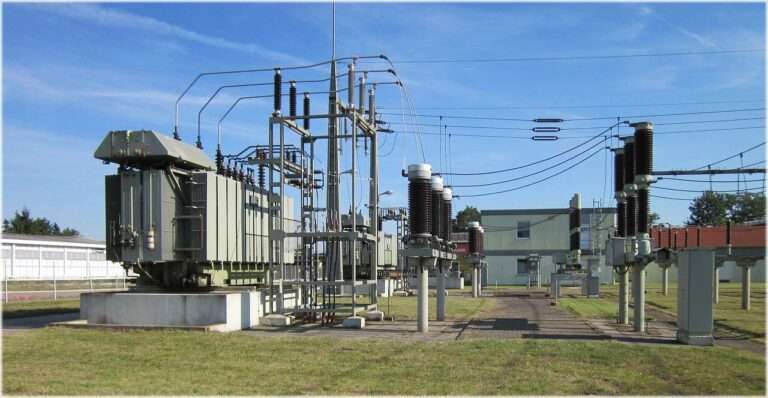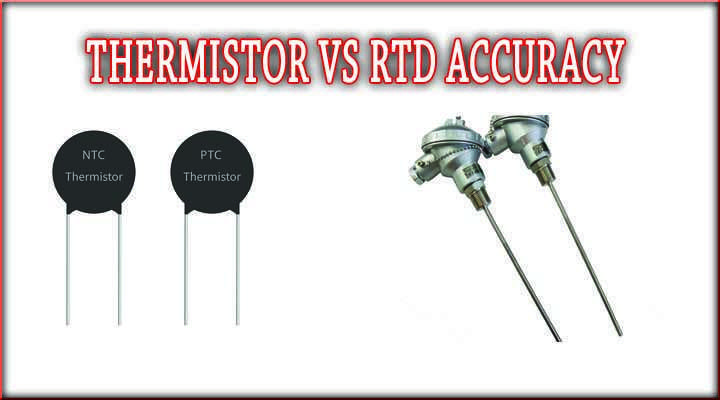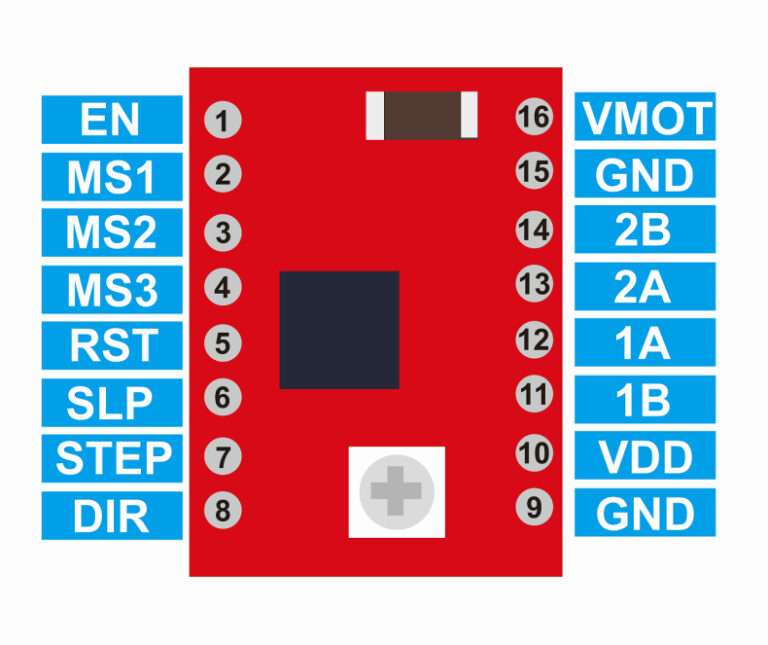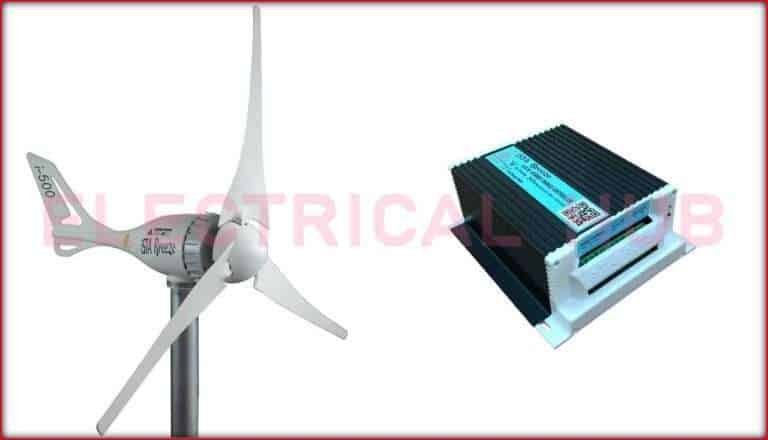Power Factor Correction Capacitor Calculator – Complete Technical Guide
Power factor is one of the most important aspects in electrical systems. Industries, commercial facilities, and even large residential setups face penalties and energy losses due to poor power factor. To solve this issue, power factor correction capacitors are used. But choosing the right size of capacitor is not always straightforward. This is where a power factor correction capacitor calculator becomes highly useful. It helps electrical engineers, technicians, and energy managers to quickly determine the required kVAR rating of capacitors for improving power factor.
Table of Contents
Table of Contents

This article provides a complete guide to understanding power factor, the role of capacitors, and how a power factor correction capacitor calculator can simplify the process. We will go step by step, covering both the theory and the practical calculation methods.
Before diving into the technical details, let us highlight the key takeaways so you know what to expect.
Key Takeaways:
- A power factor correction capacitor calculator helps in determining the kVAR rating required to improve power factor in electrical systems.
- Using the calculator reduces guesswork and ensures compliance with utility regulations.
- The calculator inputs usually include load power (kW), present power factor, and target power factor.
- Correctly sized capacitors reduce energy bills, free up transformer capacity, and improve system efficiency.
- Technical formulas and standard tables are used inside the calculator to provide accurate kVAR values.
What is Power Factor and Why Does it Matter?
Power factor (PF) is the ratio of real power (kW) to apparent power (kVA). Real power is the actual useful power consumed by equipment, while apparent power is the combination of real and reactive power. A power factor of 1 means all supplied energy is effectively converted into useful work. But in real systems, inductive loads such as motors, transformers, and fluorescent lighting reduce the power factor below unity.
Utilities charge penalties for low power factor because it increases losses in their network. For industries, this means higher energy bills and lower system efficiency. That is why power factor correction is not just a technical requirement but also an economic necessity.
The most common method of correction is the installation of capacitors. Capacitors supply reactive power (kVAR) to balance out the reactive demand of inductive loads. The challenge is calculating the right kVAR rating of capacitors. Too small will not correct enough, and too large can cause over-correction. This is where a power factor correction capacitor calculator becomes an essential tool.
How Does a Power Factor Correction Capacitor Calculator Work?
A power factor correction capacitor calculator is based on mathematical formulas and standard correction tables. The calculator requires three main inputs:
- Load Power (kW): The actual active power consumed by the system.
- Present Power Factor: The current operating PF, usually measured with a power analyzer or obtained from utility bills.
- Desired Power Factor: The target PF, typically set close to 0.95 or 0.99 to comply with regulations and avoid penalties.
The calculator then uses trigonometric relationships between power factor angles to compute the required reactive power compensation.
The formula behind the calculation is:
kVAR required = kW × (tan φ1 – tan φ2)
Where:
- φ1 = angle corresponding to existing power factor
- φ2 = angle corresponding to desired power factor
The calculator automates this process, saving time and reducing errors in manual calculations.
Power Factor Correction Capacitor Calculator
Example of Power Factor Correction Capacitor Calculation
Let us consider an example:
- Load = 500 kW
- Existing power factor = 0.72
- Desired power factor = 0.95
Step 1: Find φ1 and φ2.
φ1 = cos⁻¹(0.72) = 44.2°
φ2 = cos⁻¹(0.95) = 18.2°
Step 2: Find tangent values.
tan φ1 = 0.97
tan φ2 = 0.33
Step 3: Apply formula.
kVAR = 500 × (0.97 – 0.33)
kVAR = 500 × 0.64 = 320 kVAR
So, a 320 kVAR capacitor bank is required.
This is exactly the type of result a power factor correction capacitor calculator gives instantly without manual steps.
Standard Power Factor Correction Table
Below is a standard correction table used in calculators:
| Present PF | Target PF = 0.90 | Target PF = 0.95 | Target PF = 0.99 |
|---|---|---|---|
| 0.60 | 0.80 × kW | 0.95 × kW | 1.15 × kW |
| 0.70 | 0.50 × kW | 0.68 × kW | 0.90 × kW |
| 0.75 | 0.40 × kW | 0.57 × kW | 0.80 × kW |
| 0.80 | 0.27 × kW | 0.45 × kW | 0.65 × kW |
| 0.85 | 0.17 × kW | 0.34 × kW | 0.53 × kW |
This table shows approximate kVAR required as a function of load kW for various present and target power factors. A power factor correction capacitor calculator applies these relationships automatically.
Benefits of Using a Power Factor Correction Capacitor Calculator
There are multiple benefits of using a calculator instead of manual estimation:
- Accuracy: Reduces the risk of under or over sizing the capacitor bank.
- Time Saving: Complex trigonometric calculations are done instantly.
- Cost Reduction: Helps to choose optimal capacitor rating and avoid unnecessary expenses.
- System Efficiency: Ensures that the corrected power factor is within the required limits.
- Utility Compliance: Avoids penalties and meets electricity supply regulations.
Applications of Power Factor Correction
The use of capacitors for PF correction is widespread. A few common applications include:
- Industrial Plants: Large motors, pumps, conveyors, and compressors.
- Commercial Buildings: HVAC systems, lifts, lighting loads.
- Renewable Energy Systems: Solar and wind farms with reactive power imbalance.
- Data Centers: Continuous inductive loads from servers and cooling systems.
- Utilities: Distribution networks where power factor improvement is required.
In all these cases, the power factor correction capacitor calculator helps select the right capacitor size for smooth operations.
Practical Considerations in Capacitor Selection
While the calculator gives the kVAR requirement, several practical factors must also be considered:
- Voltage Rating: Capacitors must match system voltage, usually 400 V, 440 V, or 11 kV depending on installation.
- Step Control: Automatic capacitor banks are often used where load varies significantly.
- Harmonics: In systems with high harmonics, detuned reactors are required along with capacitors.
- Future Expansion: It is wise to consider load growth and select modular capacitor banks.
- Quality Standards: Ensure compliance with IEC 60831 standards for low voltage capacitors and IEC 60871 for high voltage capacitors.
Power Factor Correction Capacitor Calculator vs. Manual Calculation
| Aspect | Calculator Method | Manual Method |
|---|---|---|
| Speed | Instant | Time-consuming |
| Accuracy | High | Risk of human error |
| Required Knowledge | Basic inputs only | Trigonometric knowledge |
| Suitability for Large Systems | Very effective | Difficult and complex |
| Adjustment for Multiple Loads | Easy with software | Hard to track manually |
This comparison shows why engineers increasingly rely on calculators instead of manual computations.
How Capacitor Banks are Installed After Calculator Output
Once the kVAR rating is determined, the next step is to design the capacitor bank. Typically, it is installed at the main distribution board or near major inductive loads. Automatic Power Factor Correction (APFC) panels are used to switch capacitor steps in and out as load varies.
For example, if the calculator shows 300 kVAR, the engineer may design a 6-step APFC bank with 50 kVAR per step. This ensures smooth correction and avoids over-compensation.
Case Study – Industrial Application
A manufacturing plant with 1200 kW load had a power factor of 0.68. The target was 0.95. Using the formula:
φ1 = cos⁻¹(0.68) = 47.2°
φ2 = cos⁻¹(0.95) = 18.2°
kVAR = 1200 × (1.08 – 0.33) = 900 kVAR
The power factor correction capacitor calculator suggested 900 kVAR. The plant installed a 12-step 900 kVAR APFC panel. After correction, the PF improved to 0.96, saving around 8% on energy bills and eliminating utility penalties.
Common Mistakes in Power Factor Correction
- Over correction: Adding excessive capacitors leads to leading power factor, which is also penalized.
- Ignoring harmonics: Capacitors without reactors may resonate with harmonics.
- Wrong assumptions: Using average load instead of actual maximum demand leads to wrong capacitor sizing.
- No regular monitoring: Power factor should be checked regularly as load conditions change.
Using a calculator helps avoid these mistakes by providing precise values.
Future of Power Factor Correction
With the rise of smart grids and IoT, power factor correction is becoming more automated. Future calculators will integrate real-time data, predictive algorithms, and AI to optimize capacitor switching dynamically. This will make power factor correction not only a reactive solution but also a proactive energy-saving tool.
Conclusion
A power factor correction capacitor calculator is an essential tool for engineers, facility managers, and industries aiming to improve system efficiency. It eliminates guesswork, ensures compliance, and saves significant energy costs. With accurate inputs, the calculator instantly provides the required kVAR rating of capacitors. When combined with practical design considerations, it helps build robust power factor correction systems.
Follow Us on Social:
Subscribe our Newsletter on Electrical Insights for latest updates from Electrical Engineering Hub
#PowerFactorCorrection, #CapacitorCalculator, #ElectricalEngineering, #EnergyEfficiency, #PowerFactor, #IndustrialPower, #ElectricalDesign, #EngineeringTools, #PowerQuality, #ElectricitySavings, #TechnicalGuide, #ElectricalFormulas, #CapacitorSizing, #LoadCalculation, #EngineeringCalculator
Power Factor Correction Capacitor Calculator – Complete Technical Guide : Electrical Engineering Hub

Discover the Power Factor Correction Capacitor Calculator – Complete Technical Guide. Learn capacitor sizing, reactive power compensation, and methods to improve power quality and energy efficiency in industrial and commercial systems.
Price Currency: USD
Operating System: All
Application Category: UtilitiesApplication






